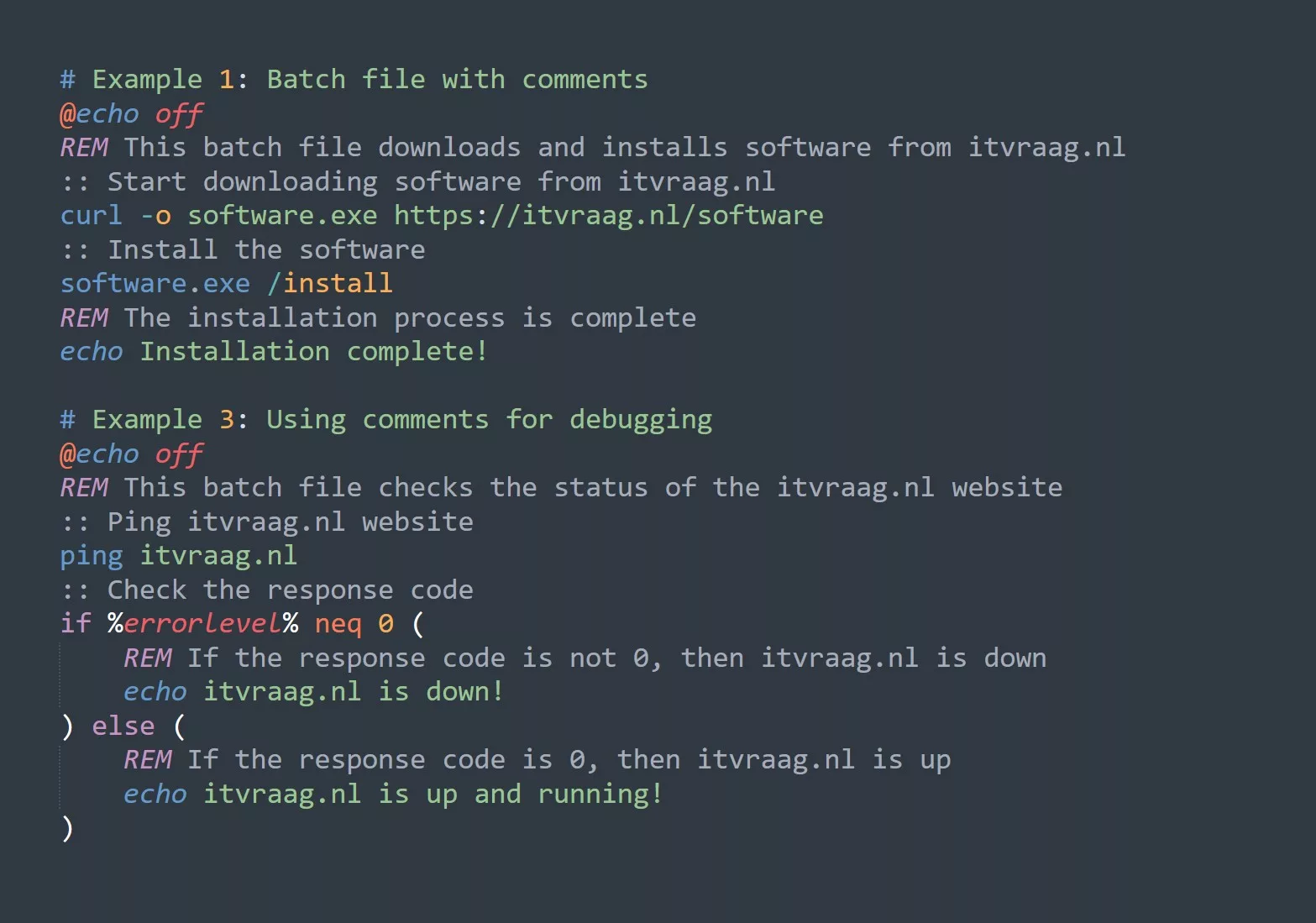Escape keys are a vital component of the Unix shell. They are used to specify special characters in the terminal, and they are a crucial aspect of the bash scripting language. Understanding escape keys and how to use them effectively can greatly enhance your shell scripting abilities and make your work much more efficient.
Prerequisites
To get the most out of this guide, you should have a basic understanding of Unix shell commands and bash scripting. Familiarity with shell scripts, input/output redirection, and environment variables is also recommended.
Escape Character in Bash
In bash, escape characters are used to specify special characters in the terminal. They are used to escape the interpretation of special characters in shell commands and scripts. The escape character is the backslash (\), which is used to escape the meaning of special characters, such as spaces, tabs, newlines, and more.
For example, consider the following command:
$ echo "Hello World"
Hello World
If you want to include a double quote in the output, you can use the backslash to escape the meaning of the “-symbol and instead print it:
$ echo "Hello\\" World"
Hello" World
Similarly, you can use the backslash to escape the meaning of other special characters, such as tabs:
$ echo "Hello\\tWorld"
Hello World
Special Characters in Bash
There are several special characters in bash that can be escaped using the backslash. Some of the most commonly used special characters include:
\n: Represents a newline character\t: Represents a tab character\\: Represents a backslash character\$: Represents a dollar sign\": Represents a double quote
For example, consider the following command:
$ echo "Hello\nWorld"
Hello
World
Here, the \n escape character is used to represent a newline character in the output.
Escaping Special Characters in Variables
Escape characters can also be used in variables in bash. For example, consider the following script:
message="Hello\tWorld"
echo $message
Here, the \t escape character is used to represent a tab character in the value of the message variable. When the script is run, the output will be:
Hello World
Using Escape Characters in Shell Scripts
Escape characters can be particularly useful when writing shell scripts. For example, you can use escape characters to format the output of a script. For example, consider the following script:
#!/bin/bash
echo -e "Hello\nWorld"
Here, the -e option is used to enable the interpretation of escape characters in the output. When the script is run, the output will be:
Hello
World
5 Tips for Using Escape Keys in Bash
- Always use escape characters to specify special characters in the terminal, such as spaces, tabs, and newlines.
- Remember to escape the backslash character as
\\in bash scripts. - Use the
eoption when usingechoto enable the interpretation of escape characters. - Use escape characters in variables to include special characters in their values.
- Use escape characters in shell scripts to format the output and make it more readable.



